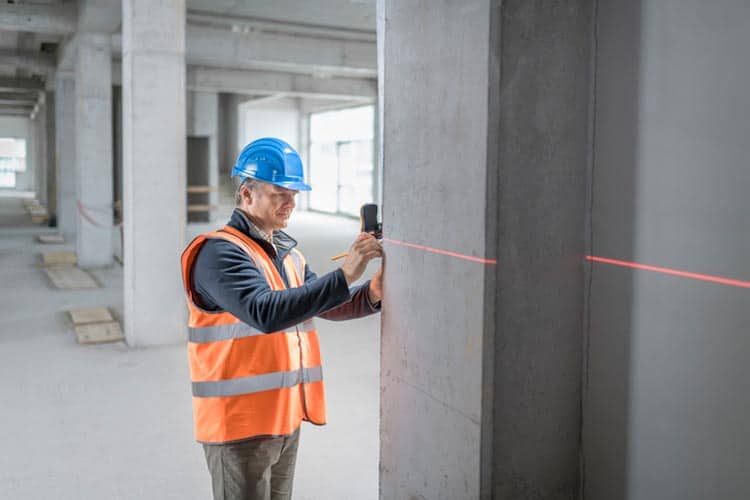Now, I know some of you might be thinking, “Come on, Gary, lasers? How dangerous can they be?” But trust me, lasers can pose a serious threat if not handled properly. That’s why it’s essential to understand the risks and take the necessary precautions to ensure your safety and the safety of those around you.
First, let’s talk about the different classes of lasers. Class 1 and 2 lasers are low-power devices that are generally considered safe for use without any special precautions. Class 1 lasers are completely enclosed and pose no risk of eye damage, while Class 2 lasers emit visible light and are typically limited to 1 milliwatt of power.
However, just because these lasers are considered low-risk doesn’t mean you can let your guard down. Even Class 1 and 2 lasers can cause harm if used improperly or if the safety guidelines aren’t followed. Here are some safety tips you should always keep in mind when working with these types of lasers:
- Wear appropriate protective gear: Even if you’re working with a low-power laser, it’s essential to protect your eyes from the light. You should always wear safety glasses or goggles that are designed to block the specific wavelength of the laser you’re using. Make sure the eyewear is appropriate for the power of your laser and has been tested to meet safety standards.
- Be aware of reflective surfaces: Lasers can reflect off surfaces and cause unintended exposure to the light. Always be mindful of reflective surfaces such as mirrors, shiny metal, or glass. Make sure to place your laser in a location that minimises the risk of reflection.
- Never point a laser at anyone: This may seem like common sense, but you’d be surprised how often people point lasers at themselves or others. Not only is this incredibly dangerous, but it can also cause eye damage. Always be aware of where your laser is pointing and never aim it at anyone.
- Keep your workspace clean and organised: Cluttered workspaces increase the risk of accidents. Make sure your work area is clean, well-lit, and organised. This will help you avoid accidentally knocking over your laser or exposing yourself or others to unintended laser light.
- Know how to properly operate your laser: Before using any laser, it’s important to read and understand the user manual. Make sure you know how to properly operate the laser, including how to turn it on and off, how to adjust the power, and how to use any safety features.
- Be prepared for emergencies: Accidents can happen even when you’re taking all the necessary precautions. It’s important to be prepared in case of an emergency. Keep a first-aid kit nearby, and make sure you know how to respond to an injury or accidental exposure to laser light.
By following these safety tips, you can significantly reduce the risk of accidents and injuries when working with Class 1 and 2 lasers. Remember, even though these lasers are considered low-risk, they can still pose a danger if not handled with care. So always prioritise safety first.
Now, let’s talk about some of the dangers of working with lasers. As I mentioned earlier, lasers can cause harm if used improperly or if the safety guidelines aren’t followed. Here are some of the risks you should be aware of:
- Eye damage: Lasers can cause serious damage to your eyes, including permanent blindness. Even a brief exposure to a high-powered laser can cause significant harm. That’s why it’s essential to always wear appropriate protective eyewear and to be mindful of reflective surfaces.
- Skin burns: Lasers can also cause burns to your skin. This can happen if the laser comes into direct contact with your skin or if you’re exposed to the light for an extended period. Always be mindful of where the laser is pointing and avoid direct contact with the light.
![]()






